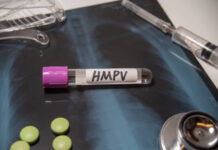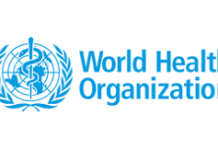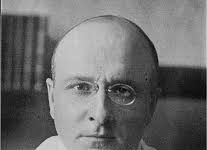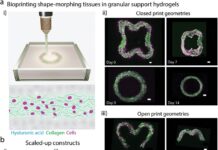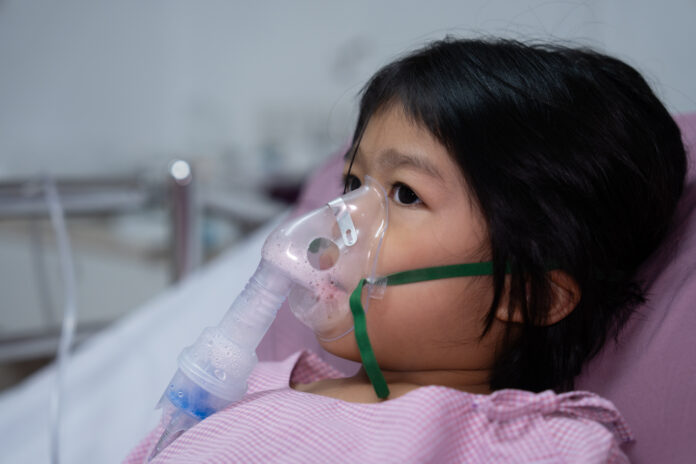A recent study presented at the annual SLEEP meeting, co-hosted by the American Academy of Sleep Medicine and the Sleep Research Society, demonstrated that liberal oxygen therapy significantly reduces respiratory disturbances in postoperative patients. This single-masked trial indicated that hyperoxia intervention markedly improved respiratory outcomes in patients recovering from anesthesia.
The trial included ten patients with an American Society of Anesthesiologists physical status of I-III, a BMI under 35, and scheduled for robotic-assisted radical laparoscopic nephrectomy. Patients were divided into two groups with different oxygen saturation targets: a liberal target of 96% or more and a conservative target of 90-94%.
Findings revealed that patients in the liberal oxygen group experienced nearly half the number of respiratory disturbances compared to the conservative group (median 22 vs. 31 respiratory disturbance index events per hour). This significant reduction in respiratory events met the primary endpoint and remained consistent after adjusting for the minimum effective analgesic concentration of opioids.
However, the other primary endpoint, transcutaneous PCO2 (TcPCO2), showed no significant difference between the groups (46.3 vs. 45.7 mm Hg).
Secondary endpoints favored the liberal oxygen group, including mean arterial pressure during intervention sessions (95 vs. 92 mm Hg), oxygen pressure (302 vs. 89 mm Hg), and oxyhemoglobin saturation (100% vs. 95%).
As reported by MediNexus, this study suggests that liberal oxygen therapy could be a beneficial strategy for improving respiratory outcomes in postoperative care.



